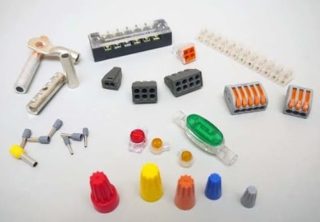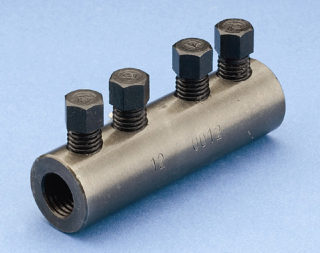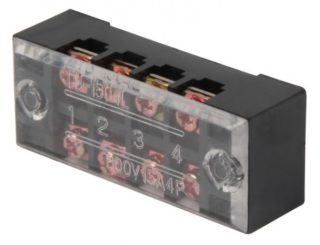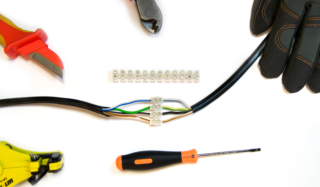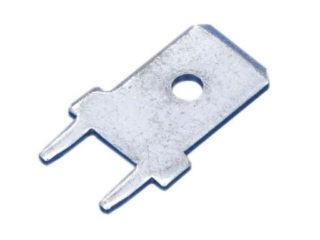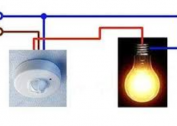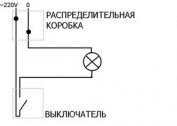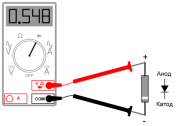The main task to be solved during wiring is to choose the right wire connector that is optimal for current operations. The reliability and safety of operation of any wiring depends on the quality of this element. This explains the desire of users to understand in detail which varieties of these products are most often used in practice and for which wiring they are suitable. In addition, it is important to familiarize yourself with how to correctly connect the conductors, as well as with the features of the application of various types of connectors for electrical wires.
Classifications and GOST requirements
The classification of electrical connectors is given in GOST 10434-82, according to which they are divided into classes (1, 2, 3) and groups (A, B). In addition, in accordance with current standards, they differ in the type of contact formed and the method of fixing the cores.
The requirements of GOST stipulate the conditions for the use of various samples of connecting products and also their technical characteristics that ensure the required quality of switching. Before dealing with all these issues, it is advisable to familiarize yourself with the existing methods of connecting conductors recommended by the PUE.
Wiring Methods
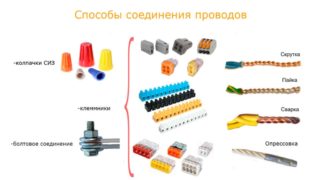 The connection of wires is the simplest operation, allowing you to switch them according to the requirements of technical conditions (TU). Among the known methods for the formation of reliable contact between the conductors are the following:
The connection of wires is the simplest operation, allowing you to switch them according to the requirements of technical conditions (TU). Among the known methods for the formation of reliable contact between the conductors are the following:
- traditional twist;
- connection by soldering and welding;
- articulation through special adapters.
Twisting is the simplest form of bonding, used only as a last resort. When choosing it, the use of protective materials in the form of a regular insulating tape or special plastic caps is mandatory.
It is not allowed to equip the connection with twisting if the wires are made of dissimilar metals (aluminum and copper, for example).
Numerous disadvantages of twisting the conductors force to further improve the quality of contact by soldering or welding. After their application in this place a sufficiently strong and reliable joint is formed. When dissimilar conductors are subject to splicing, special adapter terminals must be used.
Types of terminals for connecting wires
Before connecting the wires during installation, stock up on special terminals, through which you can establish contact without the use of auxiliary equipment. The following types of contact connectors for electrical wires allow dispensing with a soldering iron and a welding machine:
- coupling retainers;
- shoe and self-clamping terminals;
- knife contactors;
- screw and spring connectors.
Each of these varieties needs special consideration.
Couplings
This type of connector for wires is designed for the installation of busbars with a cross section of the order of 0.25-16.78 mm square. It is made in the form of a hollow metal sleeve that secures the cores by crimping them. Another variant of the coupling retainer involves the jointing of wires by organizing a bolted connection. Typically, this type of connector is used for single-core crimped conductors: the quality and reliability of fastening a multicore cable in this case drops sharply, as individual wires diverge under strong pressure on them.
Terminals on Plastic Pads
Another very convenient way to fix wire products is to use special terminals located on durable elongated plastic pads. They differ from ordinary terminal connectors in that they guarantee uniform clamping over the entire contact area. A feature of their design is the presence on the clamping surface of a special recess that limits the pressure on the switched conductor core.
Such terminals are suitable for any conductors. For the formation of a reliable joint, it will be necessary to strip the ends of the connected cores from the insulation and place them in the gap formed by the contact and pressure plates. These products are equipped with a cover made of transparent plastic, which can be easily removed if desired.
Self-locking terminals
Connectors for conductors of this type are convenient and easy to establish contact. To do this, just insert the end of the core into the hole and drown it to the stop, after which it is automatically fixed by the built-in clamp. Thanks to the high-quality material of the terminal, the clamping force does not weaken over time and guarantees long-term operation of the established contact.
Self-locking terminals are optimally suited for connecting copper and aluminum wires and are in high demand among professional electricians. The disadvantage of this type of clamps is the ability to use them only once, since after removing the ends of the wire, the contact loses its previous reliability.
Screw pads
Clips of this class are a type of coupling connectors; they are also made in the form of a sleeve, but with a rounded bottom of an oval shape. In its upper part there is an opening for a screw clamp, and the body of the product is placed in an insulator from kapron. Through-channels are provided for tightening and loosening screws in the insulation body.
These products are divided into single and group contactors, designed for a different number of interfaces. The first are made in the form of a separate contact connector connecting single-core conductors, and the second as multi-connectors. With their help, it is allowed to commutate conductors with a cross-section of a core of up to 25 mm square.
Spring Terminal Blocks
Typical representatives of this class of connectors are terminals or pads from WAGO. Connectors for wires under this name are available in the following two versions:
- PUSH WIRE - disposable one-piece samples;
- CAGE CLAMP - reusable connectors.
It is practically impossible to get an already inserted wire from the WAGO disposable terminal without damaging it.
Reusable connectors are equipped with a special lever that allows you to easily release the ends of the cable cores. Cases of such products are made on the basis of polyamide or polycarbonate, resistant to temperature fluctuations and aggressive environments. The metal connectors themselves are made of tinned copper, which improves contact quality, reduces transition resistance and improves corrosion protection.
Knife pads
Plug-in connectors of this type are not used so often in electrical installation practice. They are usually used in the organization of grounding or grounding circuits of a three-wire cable, as well as in the installation of inextricable conductive lines. Sometimes they are resorted to when making branches in linear routes by the insert method.
Knife type connectors are often used for switching wire lines in audio technology. Two types of products of this class are known: disposable and reusable. The first include the well-known Scotchlok pads from 3M.
Products are equipped with a special device, when using which several cores are inserted into contact by simple pressure.A distinctive feature and advantage of these contactors is that they can be dispensed with during connection operations without stripping the ends of the insulation.
Connector Selection Procedure
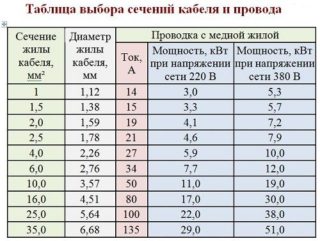 Before choosing the right type of connector, it is important to consider the following characteristics:
Before choosing the right type of connector, it is important to consider the following characteristics:
- the brand and material of which the product is made;
- voltage for which its contacts are designed;
- minimum diameter of switched conductors allowed for a given sample.
In addition to the voltage, it also turns out what current load it is designed for, after which you can safely buy a connector suitable for all parameters. It is recommended that you contact your sales person to determine if they are designed to connect conductors of dissimilar metals.
The need to connect wires of different sections most often arises when wiring distribution circuits for individual boxes. After this, it is allowed to proceed with the selection of a suitable type of connector, the terminals of which are designed to connect conductors of various thicknesses.
Before connecting the conductors at home, it is important to understand the types of connectors that are most suitable for the stated purposes. In addition, you will need to prepare a special tool, without which it is impossible to do when crimping the clamps of the coupling type, for example.
